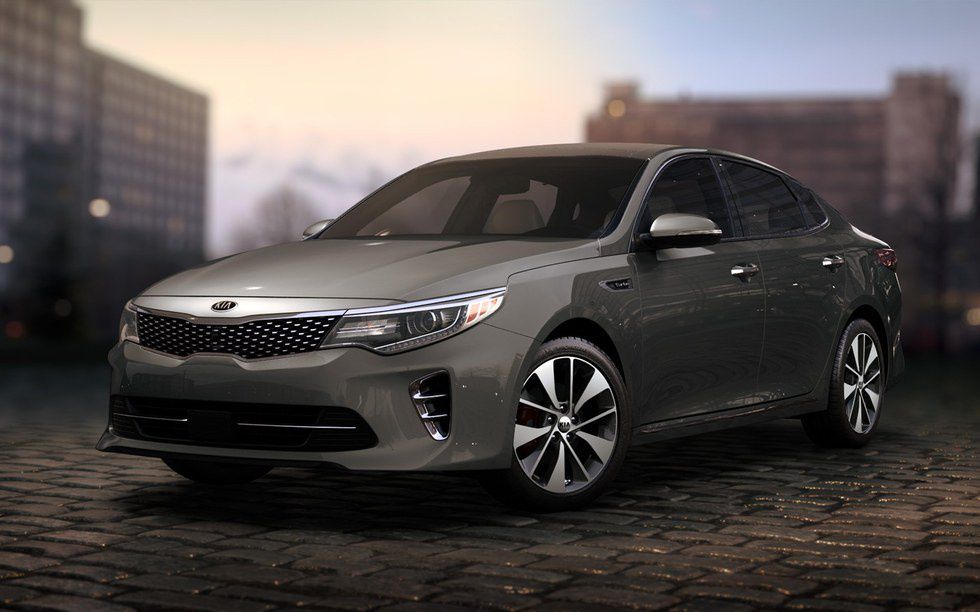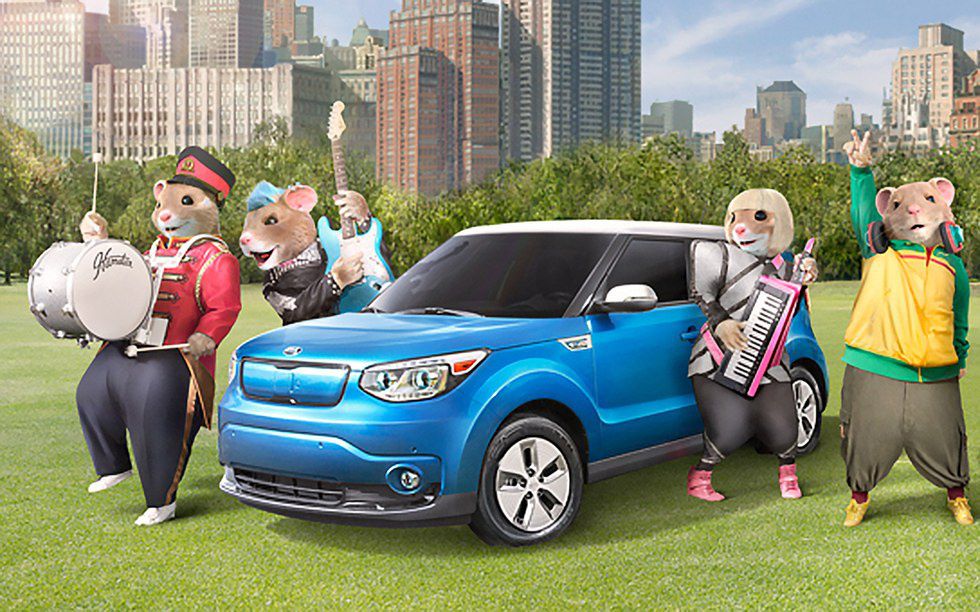As a young adult, you have probably already gone on a joyride in your first car. In fact, you probably did this several years ago. Many young people acquire their first car (sometimes in the form of a hand-me-down and sometimes -- in rarer cases -- in the form of a brand spanking new ride) when they are still in high school.
On the flip side of the coin, maybe you are someone like me; someone who made the choice to move to a metropolitan area after high school so they would not have to worry about finding, purchasing and paying for the incredibly expensive maintenance of an automobile. It seems that more and more millennials are making the same choice I made: putting off purchasing their first car and heavily researching their options before making the big jump into "official" autonomous adulthood by way of car ownership.
According to digitaltrends.com, five reasons dictate millennials' decision to hold off on motorized freedom: the rise of mass public transit, the ability of parents and peers to provide rides, increased use of alternative (and eco-friendly) transit, the high cost of car ownership and the "phone factor" (the savvy ability of millennials to utilize newer technology like the Uber app for transit). Ultimately, though, no one can claim that living without a car is more financially cumbersome than living with one. And, in so many cases, financial ability is the key factor that drives young people to one decision or another. That is why many millennials like me are taking more time to research the best, most affordable transportation options.
Unfortunately, even the powerful "make-do" few who have yet to secure their first automobile must eventually give in and buy a car. In my case, once I graduate next May, I will need a car since I plan to move back to my hometown -- a smaller, rural town that lacks public transit and that is too sprawling for bicycle transit. Even if you have already been through a "first car" experience, you too will eventually need an affordable and reliable second (or third...bless your heart...) car. I am here to announce that no matter which car situation you claim as your own, you might want to rethink which auto "brands" you can trust.
You've heard of Kia Motors; it's that underdog car company that no one ever seems to really take seriously. Occasionally you see those CGI hamsters dancing around in the Kia commercials, but aside from that, you really don't care about Kia. As a millennial soon-to-be college graduate, I implore you to take a new look at the Kia brand.
Pictured above is the 2016 Kia Optima.
Kia is essentially the comeback kid of car companies. For years, the South Korean outfit has had a relatively low profile in the United States. The company has only been selling cars in the United States since the 1990's and filed for bankruptcy in 1997. However, it appears that the company is now living up to its Korean namesake (the word "Kia" translates roughly into "to rise out of Asia"). In 2006, Kia opened a manufacturing plant in the state of Georgia and their image in the United States has seemingly improved since.
Kia has gained recognition primarily for their newer "Soul" car model (the model for which the famous CGI hamsters dance in Kia's commercials), but other models are slowly gaining the public's adoration as well.
Pictured above are the famous "Kia Soul hamsters" playing music and dancing in a Kia commercial.
In recent years, the Kia Sportage SUV has secured quality awards, and the Kia Optima and Forte have received equal raise. Most notably, some of the company's top-selling models have landed top spots in J.D. Power studies on car safety and overall quality. Older models of Kia cars have recently been upgraded with interactive Apple software-imbued touch displays (and several popular models will soon be compatible with Android software).
Most notably, too, Kia Motors hired the successful ex-Audi engineer, Peter Schreyer, as their first non-Korean president and chief design officer just four years ago. Credibility is everything, and since Schreyer's hire, Kia has experienced increases both in American sales and brand recognition. According to autonews.com, this has been an incredibly wise choice for Kia.
"The promotion shows Kia's key focus areas shifting from production and cost efficiency, which were traditionally considered more important, to design and research and development," said Shin Chung Kwan, an analyst at KB Investment & Securities Co. in Seoul (North Korea).
Pictured above is Peter Schreyer standing in front of the Kia Motors logo.
Schreyer is known primarily for his valuable design contributions to the Audi TT Coupe, but also for his general success as a professional of the auto industry. So far, he has been praised at Kia for overhauling the "look" of almost all popular sedan models and guiding the team in a more competitive direction.
The bottom line is that while you might have counted Kia out the first time you researched "good, affordable cars for young adults," do a little more research and you will see that Kia has become a force to be reckoned with. I know I will definitely be giving Kia a chance when I finally do need a car. How can you go wrong with lingering affordability and freshly-executed innovation?
























